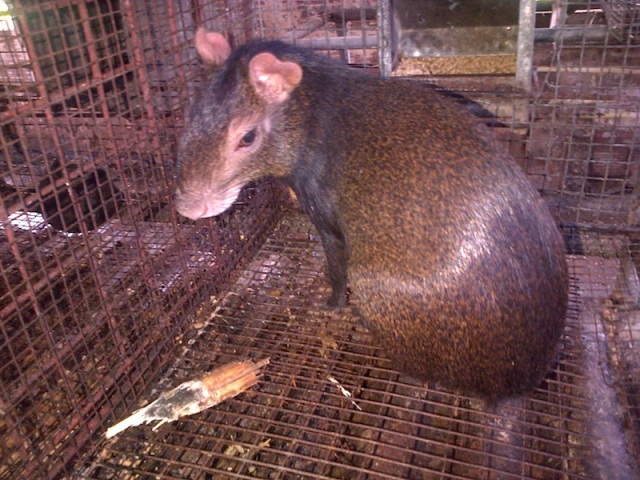As customary on Tech4agri , we take the time to feature agriyouth like many of us out there striving for success. Understanding success factors certainly helps one along the way but it is not an exact formula. What is clear is that one must have that drive to pursue what he or she is truly after, exhausting every opportunity, to ensure they accomplish their goals.
This week we feature Machel A. Emanuel, a Dominican born, PhD student at the University of the West Indies, Mona Campus, Jamaica. Machel’s academic background features a Bsc. Zoology & Botany, following that an Msc. Plant Production and Protection.
Over time Machel opted for an academic career within the university community which led to a specific research area in crop science with a focus on post harvest techniques. Mainly his work is devoted to the physiology and biochemistry of fresh tropical and sub-tropical fruits during the maturation, ripening and storage stages.
Furthermore Machel has conducted research on some fruits such as ackee (Blighia sapida), june plum (Spondias dulcis), carambola (Averrhoa carambola), otaheite apple (Syzygium malaccense), soursop (Annona muricata) and custard apple (Annona reticulate) with much of his work featured on Acta Horticulturae, an immense online repository of horticultural research information.
He is also well networked as a member of the International Society for Horticultural Sciences (ISHS) and certified as an Organic Farm Inspector by the International Federation of Organic Agriculture Movements (IFOAM).
Currently Machel is expanding his career, knowledge and field experience even further as a visiting scholar at the Horticultural Science Department, University of Florida.
Truly a dedicated individual, one can clearly see his efforts to build his reputation within the academic world. Trends within this strategy centre on finding a balance of skills and certified qualifications while simultaneously exposing oneself to related fields of study followed by narrowing one’s focus.
In a brief interview with Tech4Agri Machel explains more his method and continued efforts in agriculture.




